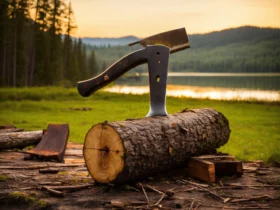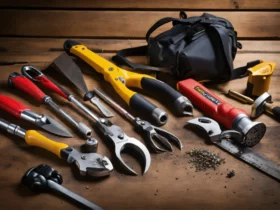Rope and cordage are essential items for a variety of tasks, from sailing to camping to construction. But with so many different types of rope and cordage available, it can be difficult to know which one is best for your needs. In this article, we’ll discuss the different types of rope and cordage, their uses, and how to choose the right one for your project.
Natural Fibers
Natural fibers are the oldest type of rope and cordage, and they are still widely used today. Natural fibers include hemp, jute, sisal, and cotton. These fibers are strong and durable, and they are often used for outdoor activities such as camping and sailing. Natural fibers are also often used for decorative purposes, such as macramé and knotting.
Synthetic Fibers
Synthetic fibers are man-made materials that are designed to be strong and durable. The most common types of synthetic fibers used for rope and cordage are nylon, polyester, and polypropylene. These materials are often used for activities such as rock climbing, sailing, and camping. Synthetic fibers are also often used for decorative purposes, such as macramé and knotting.
Braided Rope
Braided rope is made by weaving together multiple strands of rope or cordage. This type of rope is strong and flexible, and it is often used for activities such as sailing, camping, and rock climbing. Braided rope is also often used for decorative purposes, such as macramé and knotting.
Twisted Rope
Twisted rope is made by twisting together multiple strands of rope or cordage. This type of rope is strong and flexible, and it is often used for activities such as sailing, camping, and rock climbing. Twisted rope is also often used for decorative purposes, such as macramé and knotting.
Kernmantle Rope
Kernmantle rope is a type of rope that is made up of two components: a core (or kern) and a sheath (or mantle). The core is made of a strong material, such as nylon or polyester, and the sheath is made of a softer material, such as cotton or polypropylene. Kernmantle rope is often used for activities such as rock climbing, sailing, and camping.
Choosing the Right Rope or Cordage
When choosing the right rope or cordage for your project, it’s important to consider the type of activity you’ll be using it for, the strength and flexibility you need, and the type of material you prefer. Natural fibers are strong and durable, but they may not be suitable for activities such as rock climbing. Synthetic fibers are often stronger and more flexible, but they may not be suitable for decorative purposes. Braided and twisted rope are strong and flexible, and they are often used for activities such as sailing, camping, and rock climbing. Kernmantle rope is often used for activities such as rock climbing, sailing, and camping.
No matter what type of rope or cordage you choose, it’s important to inspect it regularly for signs of wear and tear. Rope and cordage can be dangerous if it is not in good condition, so it’s important to replace it when necessary.
In conclusion, there are many different types of rope and cordage available, and it’s important to choose the right one for your project. Natural fibers are strong and durable, but they may not be suitable for activities such as rock climbing. Synthetic fibers are often stronger and more flexible, but they may not be suitable for decorative purposes. Braided and twisted rope are strong and flexible, and they are often used for activities such as sailing, camping, and rock climbing. Kernmantle rope is often used for activities such as rock climbing, sailing, and camping. No matter what type of rope or cordage you choose, it’s important to inspect it regularly for signs of wear and tear.






